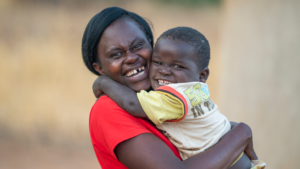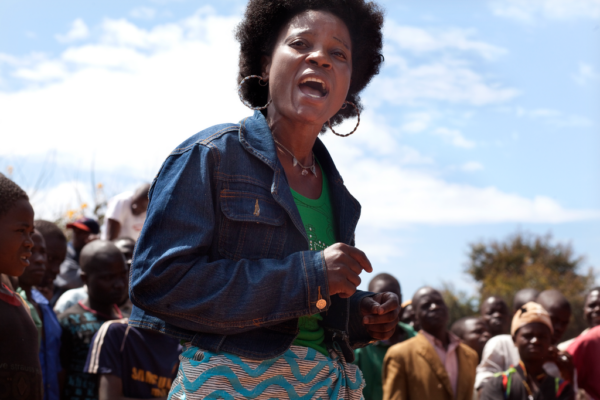
Children
Children
A high number of children living with HIV and pregnant women are still unaware of their HIV status or not able to start and continue treatment. Without treatment, 50% of children born with HIV will die before age two.
Read more

We hear it everywhere: shift the power. But in reality, communities still have limited access to resources and are only being brought to the table when invited. How do we truly walk the talk? How can communities drive policies and programming? A true power shift to communities is crucial to end AIDS by 2030 and to protect everyone’s rights along the way!
of funding for HIV programmes targets key populations
new infections every week among women aged 15-24 globally
of children aged 0-14 years has access to HIV treatment
We know from more than four decades of experience that a community-led approach is the only way to end AIDS. Communities themselves hold governments accountable, remove barriers to HIV prevention and treatment, fight injustice and inequalities, and ensure that groups in a vulnerable position are included in the HIV response. That is why we invest in community-led responses. Communities play a central part when we make investments and lead the decision-making process when deciding on the best type of approach. They know best what is needed and what works.
By communities we mean organisations, members of a community, target groups or individuals. The focus is on people living with HIV and groups at higher risk of HIV and STIs due to discrimination and exclusion
Aidsfonds is interested in working together to further strengthen community leadership, increase HIV prevention choices, and improve treatment outcomes and quality of life of people living with or exposed to HIV. We want to talk to anyone who shares our dream and wants to join us on a journey toward a world free of AIDS.
Get in touch!
